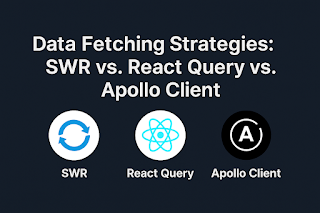Implementing Microservices with Front-End & Back-End Separation

In today’s landscape of scalable and modular software development, microservices have emerged as the go-to architecture for building complex applications. One of the key advantages of microservices is the clean separation of concerns — especially between the front-end and the back-end. This separation enables faster development, improved maintainability, and seamless scalability. What Are Microservices? Microservices are small, independently deployable services that communicate over lightweight protocols like HTTP or messaging queues. Each microservice is responsible for a specific business function and can be built using different languages, databases, or frameworks — making the system highly modular. Front-End and Back-End Separation Separating the front-end from the back-end in a microservices architecture involves: Creating a standalone front-end application (SPA or MPA) that consumes APIs exposed by individual microservices. Ensuring each microservice pro...


